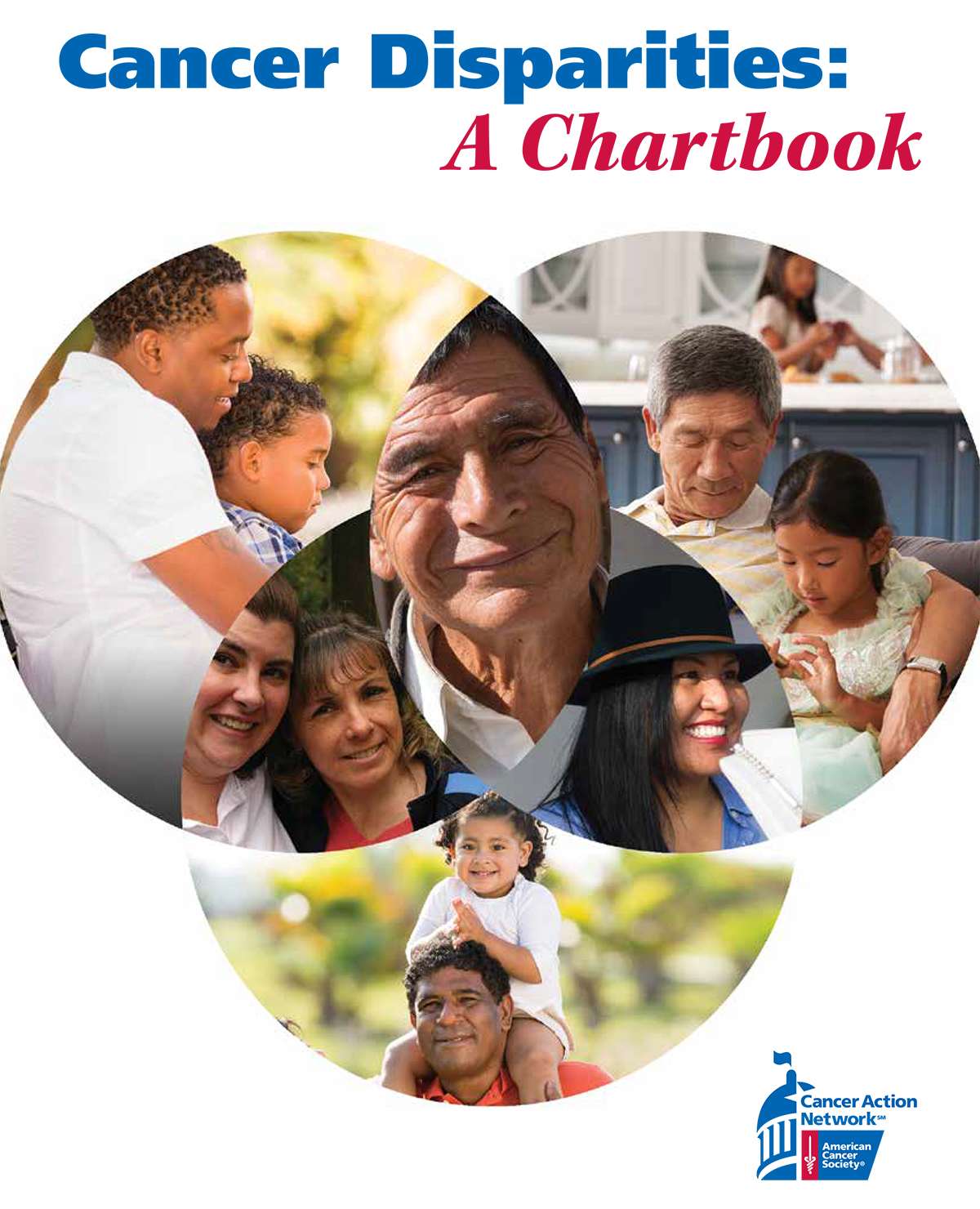The National Breast & Cervical Cancer Early Detection Program
For 30 years, the Centers for Disease Control and Prevention’s National Breast and Cervical Cancer Early Detection Program has decreased disparities in breast and cervical cancer deaths.
 Despite the fact that US cancer death rates have decreased by 26 percent from 1991 to 2015, not all Americans have benefited equally from the advances in prevention, early detection, and treatments that have helped achieve these lower rates. Significant differences persist in cancer incidence, survival, morbidity, and mortality among specific populations in the US. Research shows that racial/ethnic minorities, individuals of lower socioeconomic status, and other medically underserved groups continue to have higher cancer rates and are less likely to be diagnosed early or receive optimal treatment compared to other groups.
Despite the fact that US cancer death rates have decreased by 26 percent from 1991 to 2015, not all Americans have benefited equally from the advances in prevention, early detection, and treatments that have helped achieve these lower rates. Significant differences persist in cancer incidence, survival, morbidity, and mortality among specific populations in the US. Research shows that racial/ethnic minorities, individuals of lower socioeconomic status, and other medically underserved groups continue to have higher cancer rates and are less likely to be diagnosed early or receive optimal treatment compared to other groups.
The underlying causes of disparities in cancer care are complex and include interrelated social, economic, cultural, environmental, and health system factors. Geographic location (e.g. rural versus urban areas or northern states versus southern states) also contributes to disparities in cancer care.
Public policy interventions are an important strategy for substantially reducing, and ultimately eliminating, cancer disparities. In order to address gaps in health outcomes, a multi-prong approach must include enhanced prevention and early detection, increased access to coverage and treatment across all populations; and delivery of care in a culturally and linguistically competent manner. Continued research – particularly on ways to collect disparities data, implement public health interventions, and better prevent, detect, and cure many cancers that disproportionately affect medically underserved populations – is also critical.
Cancer Disparities: A Chartbook illustrates the scope of cancer disparities that exist across our nation. ACS CAN is actively pursuing evidence-based public policies at the local, state, and federal levels that seek to reduce these disparities and improve health outcomes for all US population groups regardless of race, ethnicity, gender, age, sexual orientation, socioeconomic status, or zip code.